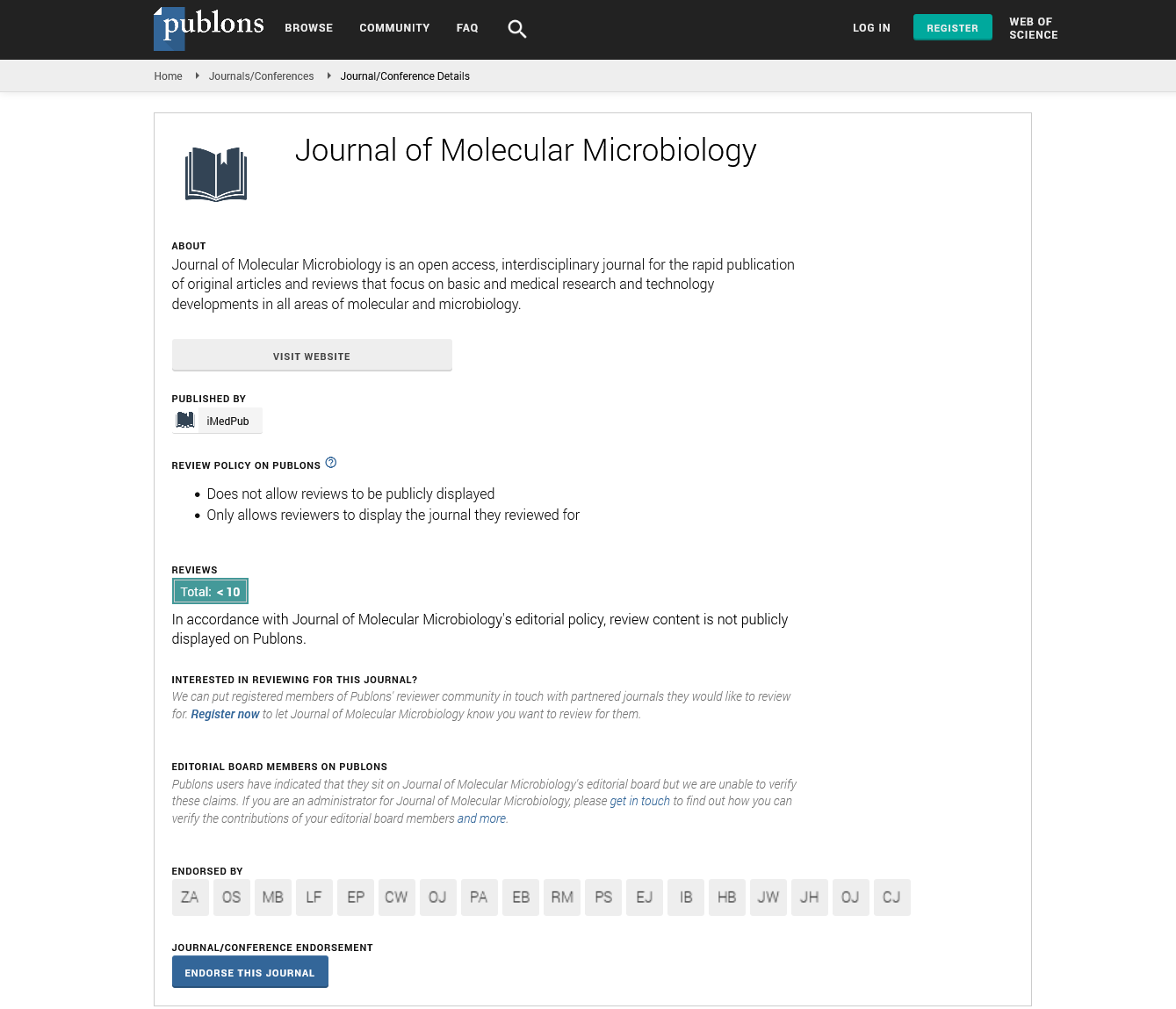Abstract
Genetic Relatedness of Trichomonas vaginalis Isolates to the Clinical Variability
Background: Trichomoniasis manifestation shows an extensive clinical variability ranging from no symptoms to severe presentation and sequel. An association is suggestive between the high genetic diversity of Trichomonas vaginalis isolates and its clinical variability. The aim of our study was to identify T. vaginalis isolates in symptomatic and asymptomatic females besides, studying their possible relation to different genotypes in our locality. Methods and findings: Two hundred female were included in the study and screened for T. vaginalis infection using the wet mount, culture in Diamond’s media and PCR amplification which targeted actin gene. For genotyping by RFLP, products of PCR amplification of actin gene were digested by 3 restriction enzymes (HindII, MseI and Rsal). Trichomonas vaginalis was detected in 12% (12/100) and 1% (1/100) in symptomatic and asymptomatic females respectively. But, by using modified Diamond culture and PCR, 22% (22/100) symptomatic and 5% (5/100) asymptomatic females were positive for T. vaginalis. After digestion of PCR products using restriction enzymes, different electrophoretic band patterns were demonstrated. Interpretation of these patterns, only one distinct electrophoretic pattern of actin genotype H in all studied isolates was demonstrated. Conclusion: Our results concluded that genetic variation does not correlate with the clinical variability of T. vaginalis as one genotype band pattern of actin gene was detected in both symptomatic and asymptomatic groups. Further studies in a large scale of isolates are needed to elucidate this finding.
Author(s): Wafaa A Abou-kamar, Aida A Abdel-Mageid, Hala A El-Nahas, Raefa A ATIA, Salwa A Abou El-khair and Alaa A Mosbah, Nora L El-Tantawy
Abstract | Full-Text | PDF
Share This Article
Google Scholar citation report
Citations : 86
Journal of Molecular Microbiology received 86 citations as per Google Scholar report
Journal of Molecular Microbiology peer review process verified at publons
Abstracted/Indexed in
- Google Scholar
- Publons
Open Access Journals
- Aquaculture & Veterinary Science
- Chemistry & Chemical Sciences
- Clinical Sciences
- Engineering
- General Science
- Genetics & Molecular Biology
- Health Care & Nursing
- Immunology & Microbiology
- Materials Science
- Mathematics & Physics
- Medical Sciences
- Neurology & Psychiatry
- Oncology & Cancer Science
- Pharmaceutical Sciences
